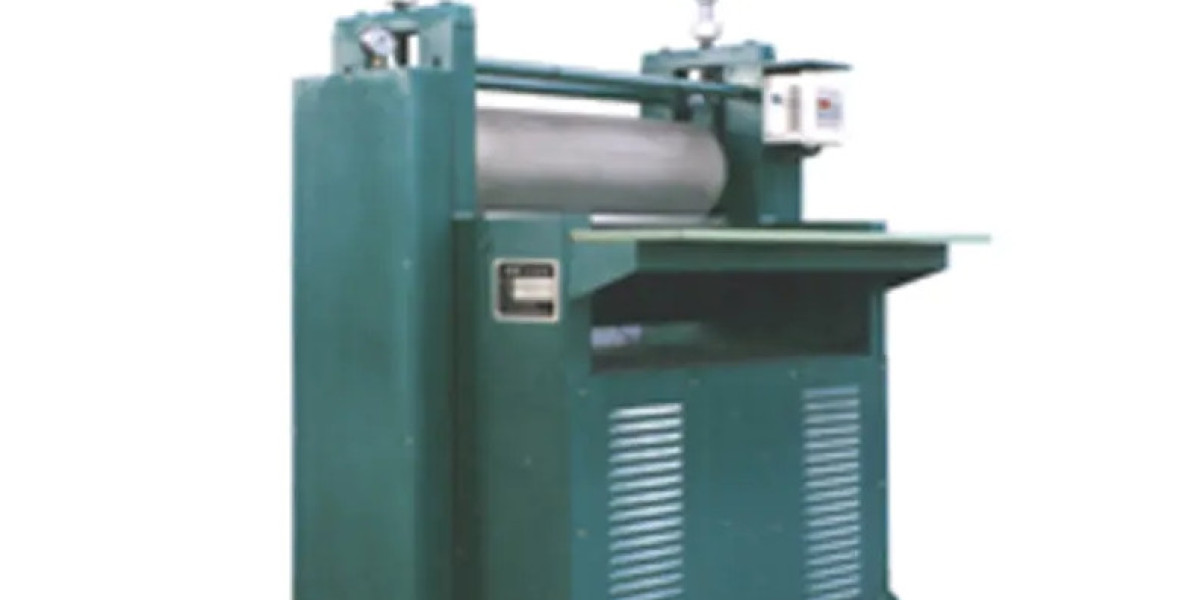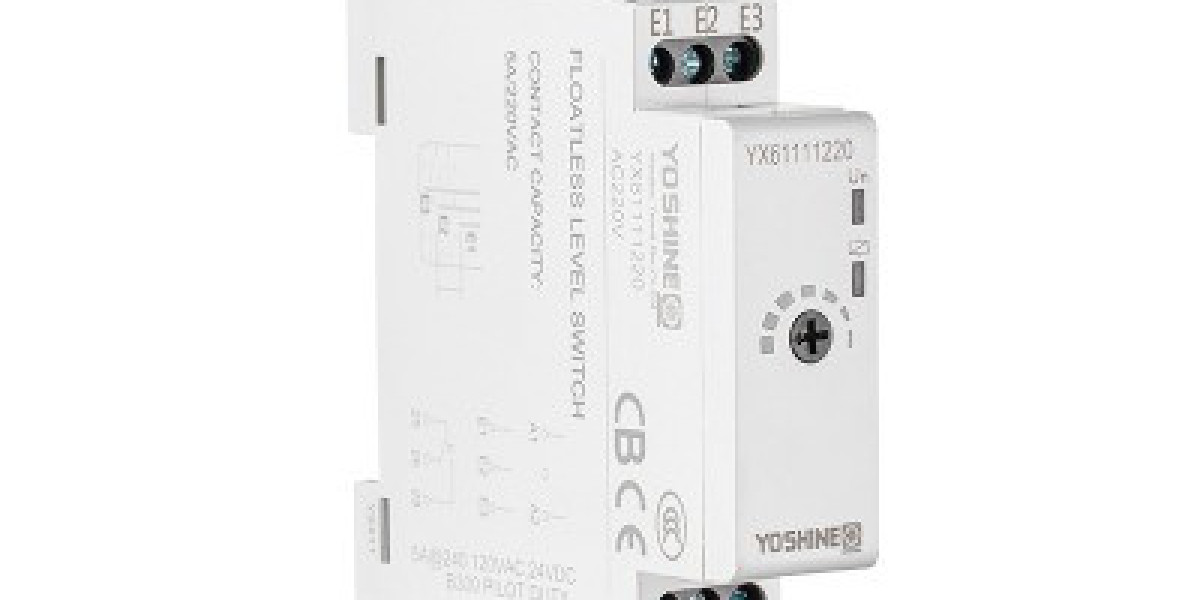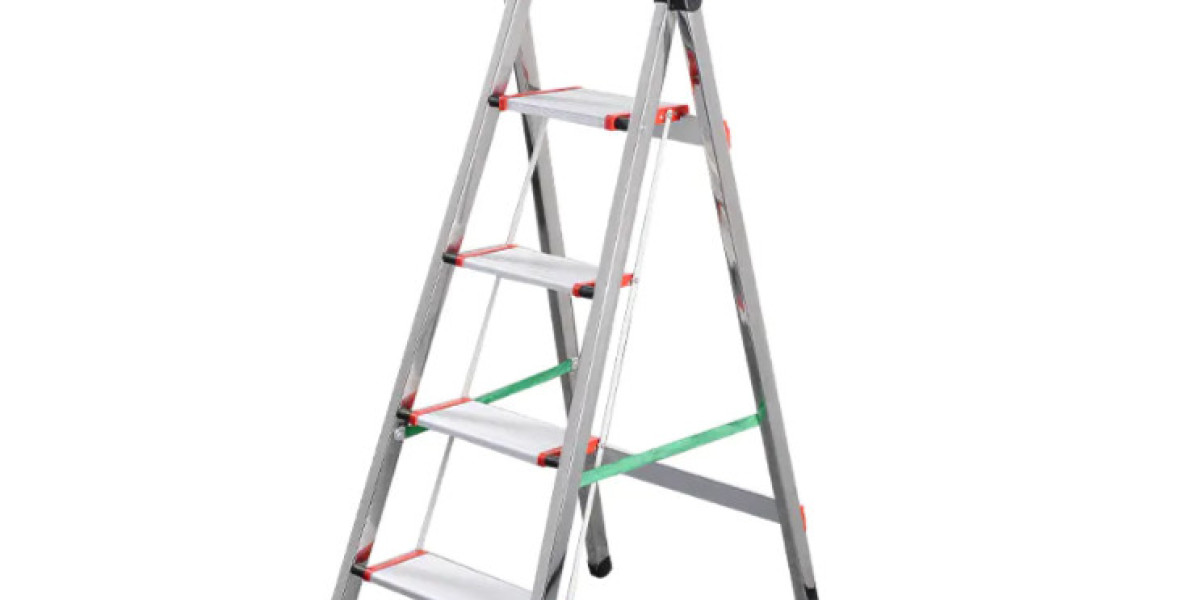In the context of large-scale printing and manufacturing, energy consumption is a critical factor influencing both operational costs and environmental sustainability. When evaluating the performance of a modern Playing Cards Making Machine, it's important to consider not just its production speed or automation, but also how efficiently it uses power throughout the production cycle. These machines integrate multiple functions such as feeding, printing, drying, cutting, coating, and packaging. Each of these stages involves mechanical and electrical components that require consistent power. However, advancements in industrial machinery have made it possible for manufacturers to reduce energy use without sacrificing productivity.
Modern machines often come equipped with energy-efficient components such as servo motors and variable frequency drives, which regulate power based on real-time load. This allows the machine to consume only the energy necessary at each stage of operation. For example, during lower-capacity runs or lighter workloads, the system automatically scales back power consumption. In addition, high-efficiency heating systems for lamination and quick-drying inks reduce the time and energy required to finish printed sheets. Some models also utilize LED-based UV curing rather than traditional heat lamps, significantly lowering energy usage during the drying phase.
Another major contributor to energy efficiency is the integration of smart automation systems. These allow the machine to enter standby or low-power modes when not actively printing or cutting. Sensors detect the presence of material, adjust feeding speeds, and control the activation of subsystems, which minimizes unnecessary power draw. This level of control helps ensure that energy is only consumed when it directly contributes to production, a principle that can make a significant difference in high-volume operations over time.
Additionally, many manufacturers design these machines with modular energy zones, so that each section—such as printing, cutting, or coating—only powers up when needed. This not only improves power efficiency but also extends the lifespan of electrical components by avoiding continuous full-load operation. With increasingly strict environmental regulations, especially in Europe and parts of Asia, machine builders now actively pursue certifications that verify low energy impact, giving buyers greater confidence in the sustainability of their investment.
While older machines may lack such features and consume higher amounts of electricity, newer models have largely closed the gap between performance and sustainability. Businesses that invest in a modern, energy-optimized playing card production system are likely to benefit from lower utility bills, reduced maintenance from less electrical strain, and the reputational advantage of running a more eco-conscious operation.
In conclusion, the energy consumption level of a Playing Cards Making Machine varies depending on its model, configuration, and usage patterns. However, thanks to advances in automation, motor efficiency, and smart system integration, many modern machines are designed with energy savings in mind. This makes it possible for manufacturers to maintain high-volume production while also reducing their environmental footprint and long-term operational expenses.



